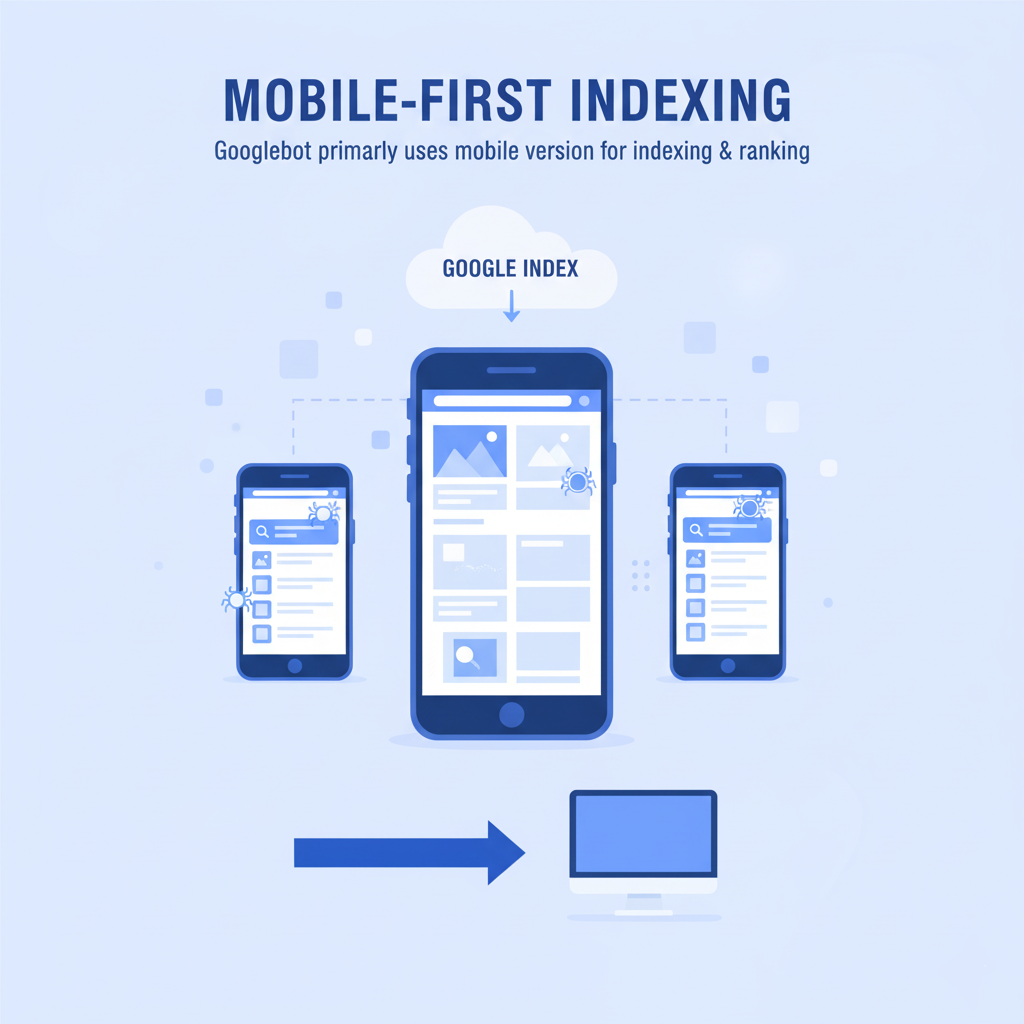Google’s Mobile-First Indexing has reshaped the way businesses approach SEO Marketing. In today’s digital landscape, where more than 60% of web traffic comes from mobile devices, understanding and optimizing for this change is critical to maintaining visibility and ranking.
📱 What Is Mobile-First Indexing?
Mobile-First Indexing means that Google primarily uses the mobile version of your site for indexing and ranking. In the past, Google’s crawler focused on desktop content. However, as users shifted toward smartphones, Google adapted to prioritize the mobile experience.
👉 Official Google Search Central documentation confirms that all new websites are automatically indexed using mobile-first standards.
💡 Why Mobile-First Indexing Matters in SEO Marketing
In SEO Marketing, user experience plays a vital role in search performance. Google’s algorithms now evaluate your mobile usability before considering your desktop version. This affects:
- Search Rankings: Poor mobile performance can lower visibility even if your desktop site is well-optimized.
- Crawl Efficiency: Mobile-optimized pages load faster and are easier for Googlebot to understand.
- User Engagement: A responsive mobile experience reduces bounce rates and increases conversions.
According to Statista’s 2025 data on mobile usage, over 58% of total web traffic comes from mobile devices — making mobile optimization a non-negotiable part of SEO Marketing.
⚙️ How to Optimize Your Website for Mobile-First Indexing
1. Ensure Mobile Responsiveness
Your website should adapt seamlessly to all screen sizes. Use Google’s Mobile-Friendly Test to check compatibility.
👉 Test your site here: Google Mobile-Friendly Test
2. Maintain Identical Content
Ensure that your desktop and mobile versions have the same text, metadata, and structured data. Missing information on mobile pages can harm your SEO Marketing performance.
3. Improve Page Speed
Mobile users expect instant loading. Compress images, use lazy loading, and leverage browser caching to reduce load times.
Learn more: PageSpeed Insights by Google
4. Optimize for Local SEO
Mobile search often includes local intent (e.g., “near me” searches). Ensure your Google Business Profile is accurate and consistent.
5. Use Mobile-Friendly Pop-ups and Navigation
Avoid intrusive pop-ups that hinder access to content. Keep your navigation simple, thumb-friendly, and intuitive.
🌐 Internal and External Linking
Internal Link
For advanced SEO solutions and digital growth strategies, visit Creative Idea Labs.
External Supporting Links
- Google Search Central: Mobile-First Indexing Best Practices
- Moz: Mobile SEO Best Practices for 2025
- Search Engine Journal: Mobile-First Indexing: What You Need to Know
📊 The Business Impact of Mobile-First Indexing
Embracing Mobile-First Indexing isn’t just about SEO — it’s about delivering a superior mobile experience. Businesses that adapt enjoy:
- Higher organic rankings
- Increased site engagement
- Stronger brand credibility
- Better conversion rates
Failing to optimize for mobile can mean losing out on a majority of online traffic and potential leads.
🚀 Final Thoughts
Mobile-First Indexing represents the future of SEO Marketing. Businesses that proactively adjust their strategies not only protect their rankings but also enhance user satisfaction. Start optimizing your site today and make sure your business stays visible in mobile search results.




